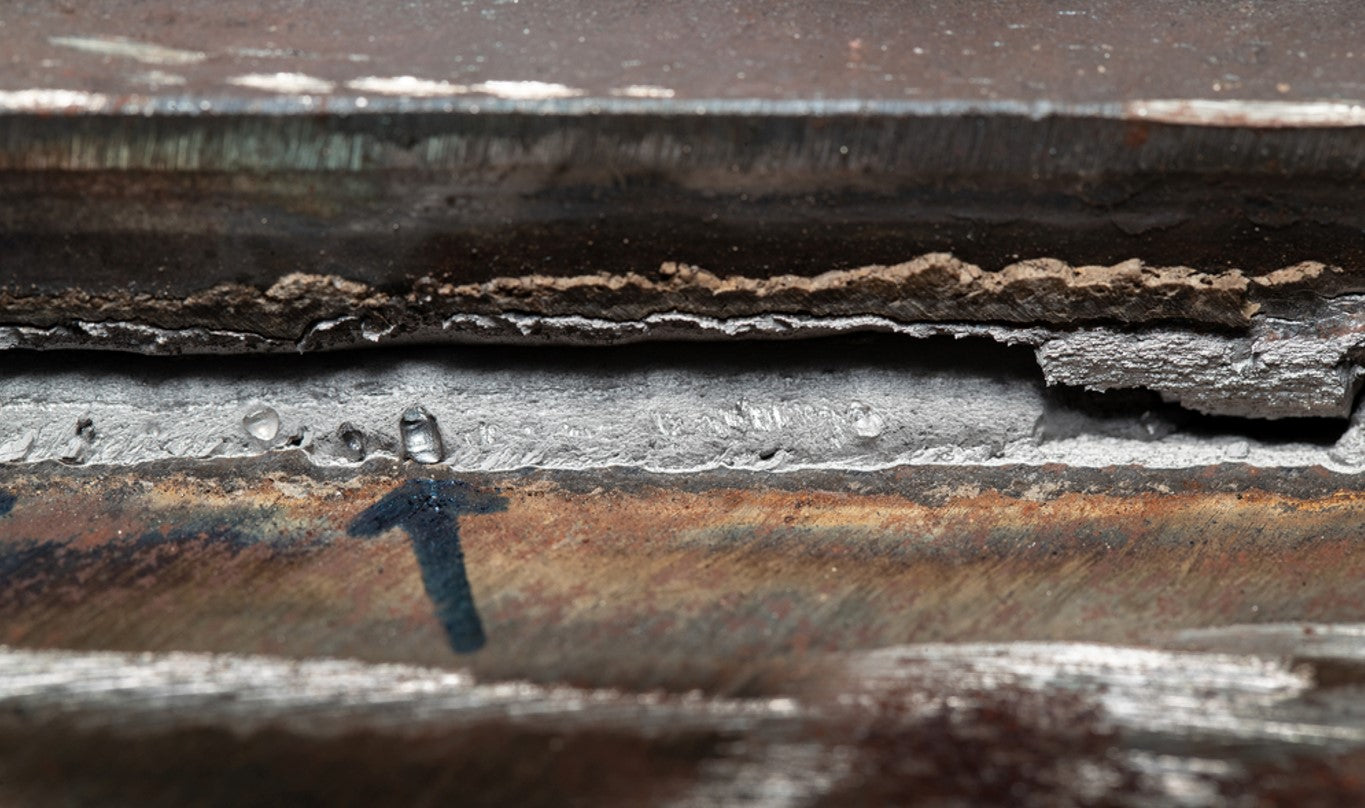Comprehending the Causes and Solutions for Undercut Welding in Metal Fabrication Processes
In the realm of metal manufacture processes, the incident of undercut welding presents a significant challenge that requires a detailed understanding of its causes and practical remedies. The intricate interaction of different aspects throughout welding procedures can bring about this unfavorable phenomenon, influencing the architectural honesty and total high quality of the bonded joints - Preventing weld undercut. By dissecting the origin of undercut welding and discovering effective remedial steps, producers can boost the standard of their craftsmanship and make sure the production of flawless steel elements
Usual Sources Of Undercut Welding
Often forgotten in metal construction, undercut welding takes place due to numerous aspects that require careful focus and competence to be efficiently minimized. In addition, inappropriate welding methods, such as using the incorrect welding angle or take a trip rate, can likewise add to damage development. The choice of welding specifications, such as voltage, existing, and wire feed speed, plays a significant duty in the incident of undercut welding.
Effect of Incorrect Welding Parameters
Inaccurate welding parameters can considerably jeopardize the honesty and high quality of welded joints in metal manufacture processes. The effect of incorrect welding criteria shows up in different ways, bring about structural weak points and problems in the welded parts. One critical facet influenced by improper welding specifications is the infiltration deepness of the weld. Insufficient warmth input due to low welding currents or exceedingly high travel rates can cause insufficient combination between the base steels, leading to incomplete joint penetration and compromised bonds. Alternatively, too much warm input created by high welding currents or slow travel speeds can result in extreme and burn-through support, producing a weak and unstable weld framework. Additionally, wrong specifications such as improper voltage setups or inaccurate electrode angles can add to unpredictable weld grain profiles, absence of blend, and raised chances of issues like undercutting. Meticulous attention to welding criteria is vital to make sure the manufacturing of top notch welds with the preferred mechanical homes and structural honesty.
Impact of Improper Lantern Angle
Incorrect torch angle in welding operations can significantly impact the top quality and integrity of the last weld joints in steel fabrication processes. Damaging is a typical welding defect where a groove creates along the weld toe, compromising the joint and endangering its architectural honesty.
A torch angle that is as well high can lead to not enough penetration, insufficient blend, and boosted spatter. On the various other hand, a torch angle that is too shallow can lead to excessive infiltration, burn-through, and distortion of the base product. Preventing weld undercut. Proper torch angle is important for guaranteeing constant weld high quality, stamina, and appearance
To avoid undercutting and other flaws triggered by incorrect lantern angles, welders have to be educated to keep the correct lantern angle throughout the welding process. Routine tracking and modification of torch angles during welding can help accomplish sound welds with very little flaws.
Function of Inadequate Welding Strategies

Another element of insufficient welding strategies is improper weld prep work. Inadequate cleaning of the base metals, inaccurate joint design, or not enough edge prep work can all add to damage welding. Moreover, poor shielding gas coverage or making use of the wrong sort of gas can result in insufficient fusion and the formation of undercut defects.
To resolve the role of inadequate welding methods in metal manufacture processes, it is necessary to provide comprehensive training for welders. Appropriate education and learning on welding parameters, joint prep work, and securing gas option can aid protect against undercut welding and ensure high-quality welds in metal construction jobs.
Efficient Solutions for Undercut Welding
Resolving undercut welding in steel fabrication calls for carrying out effective options to enhance weld high quality and architectural integrity. One of the primary options to deal with undercut is to adjust welding specifications such as voltage, current, and take a trip rate to make sure correct warm input and fusion. By fine-tuning these settings, welders can prevent extreme melting of the base steel and filler product, decreasing the possibility of undercut development.
Additionally, correct visite site joint prep work is essential in preventing undercut. Guaranteeing clean base metal surface areas without contaminants and making use of the ideal bevel angle can help advertise far better weld penetration and reduce the threat of undercut - Preventing weld undercut. Using suitable welding methods, such as oscillating the torch or weaving, can likewise aid in dispersing heat uniformly and loading the weld joint appropriately, decreasing the opportunity of undercut flaws
Furthermore, selecting the right welding consumables, including electrodes and filler metals, is essential in minimizing undercut. Making use of materials with proper chemical structures and mechanical properties can contribute to attaining audio welds with marginal undercut. Routine inspection and quality control procedures ought to also be applied to discover and deal with undercut problems without delay, guaranteeing the general integrity of made steel components.

Final Thought
To conclude, comprehending the causes and solutions for undercut welding in steel construction procedures is crucial for achieving high-quality welds. get redirected here By addressing usual causes such as incorrect welding parameters, improper lantern angle, and poor welding techniques, go now welders can stop damaging and guarantee solid, resilient welds. It is important to focus on these elements and apply reliable solutions to boost the overall welding process and end product high quality.
